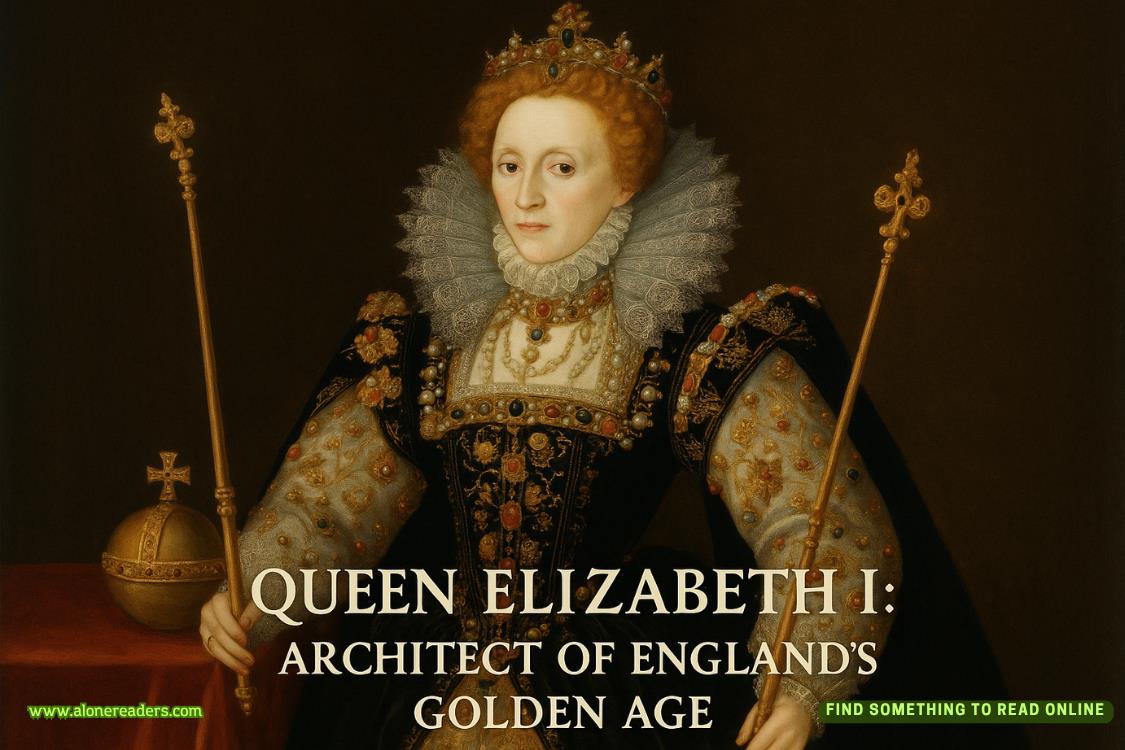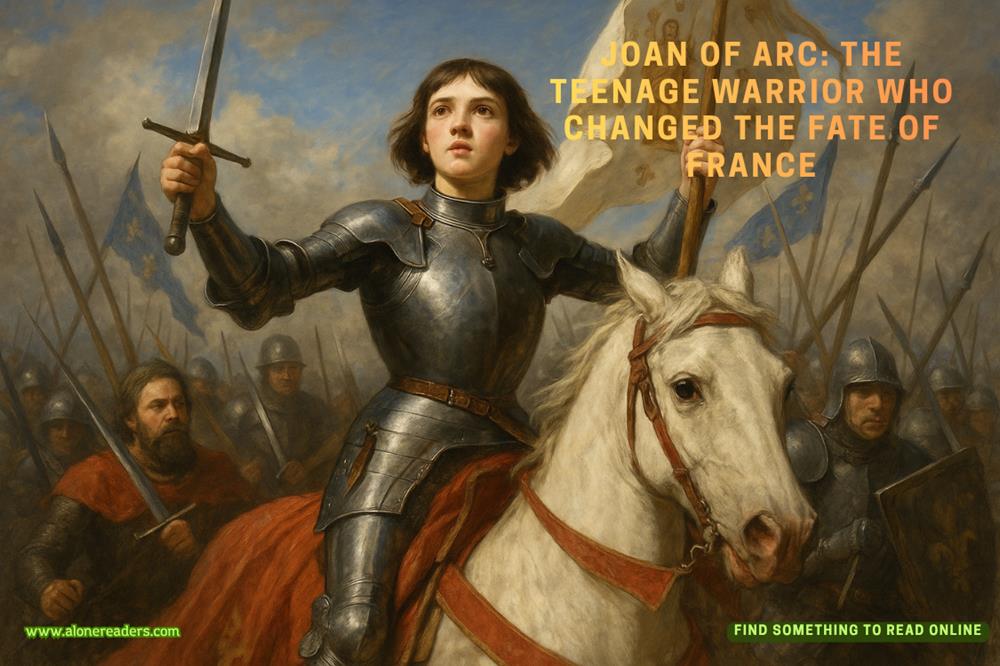Page 67 of The Seven Sisters
‘Perhaps notcompletelyhow it is,’ Margarida answered honestly. ‘But as you know, she’s a great believer in female equality. And therefore she thinks it’s healthy for me to learn to fight my battles in a male-dominated environment. Besides, I’m on an arts scholarship paid for by the Brazilian Government. I must attend the best school there is,’ she said with a shrug.
As the car turned onto the Avenue Montaigne and began its journey towards the Pont de l’Alma, Margarida studied Bel. ‘My mother tells me that you’re engaged to marry Gustavo Aires Cabral. I’m surprised he let you loose in Paris.’
‘Yes, I am engaged, but Gustavo wished me to see Europe for myself before I become his wife. He himself came here eight years ago.’
‘So, we must make the short time you have here as exhilarating as possible. And Izabela, I am trusting you to repeat none of what you will see and hear today to anyone. My mother believes I have lessons at the Beaux-Arts until four this afternoon. This . . . is not quite the truth,’ she admitted.
‘I see. So, where do you go to instead?’ Bel asked tentatively.
‘To Montparnasse, to meet my friends for lunch, but you must swear you will never breathe a word.’
‘Of course not,’ Bel confirmed, almost beside herself with excitement at Margarida’s confession.
‘And the people I know . . . well,’ she sighed, ‘they are quite extreme. You may be shocked.’
‘I’ve already been warned by someone who knows,’ Bel confirmed, staring out of the window as they crossed the Seine.
‘Surely not Senhora da Silva Costa?’ They both shared a chuckle.
‘No, it was a young sculptor I met at Professor Landowski’satelierwhen I visited with Senhor da Silva Costa.’
‘What was his name?’
‘Laurent Brouilly.’
‘Really!’ said Margarida, raising an eyebrow. ‘I know him, or at least I’ve met him a few times in Montparnasse. He occasionally comes into the school to teach us when Professor Landowski is otherwise engaged. He’s a beautiful man.’
Bel took a deep breath. ‘He has asked to sculpt me,’ she revealed, relieved to be able to share her inner excitement at the compliment.
‘Has he really? Then you should feel honoured. I’ve heard our Monsieur Brouilly is extremely particular about his choice of sitters. He was the star pupil at the Beaux-Arts and he’s tipped for big things in the future.’ Margarida looked at Bel with new admiration. ‘Well, Izabela, you are a dark horse,’ she remarked as the car pulled up in a side street.
‘Where is the school?’ asked Bel, looking around.
‘Two streets away, but I don’t like the other students to see me arrive in such luxury, when many of them have walked several kilometres to get here and have probably eaten no breakfast,’ she explained. ‘Come on.’
The entrance to the Beaux-Arts school was set back behind the busts of the great French artists Pierre Paul Puget and Nicolas Poussin and accessed through an elaborate wrought-iron gate. The two of them stepped through it and crossed the symmetrical courtyard which was enclosed by elegant pale-stone buildings. The tall arched windows running along the ground floor were reminiscent of the holy cloisters which were rumoured to have originally stood there.
Once through the main door, they walked across the echoing entrance hall, full of the chatter of young people. A slim young woman brushed past them.
‘Margarida, she’s wearing trousers!’ Bel exclaimed.
‘Yes, many of the female students here do,’ Margarida said. ‘Can you imagine either of us arriving to take tea at the Copacabana Palacedans notre pantalon! Now, we’re in here today.’
The two of them walked into an airy classroom, the huge windows throwing shards of light onto the rows of wooden benches. Other students were filing in and sitting down with notebooks and pencils.
Bel was confused. ‘Where do we sculpt? And no one is in a smock.’
‘This is not a sculpting class, it is’ – Margarida opened her notebook and checked the timetable – ‘the technique of stone sculpting. In other words, we are learning the theory, but in the future we will have the chance to put it into practice.’
A middle-aged man – who, from the state of his wild, wiry hair, bloodshot eyes and a few days of stubble, looked as if he had simply climbed out of bed and walked straight into the classroom – arrived at the front of the room.
‘Bon matin, mesdames et messieurs.Today, I will introduce you to the tools needed to create a sculpture from stone,’ he announced to the class. ‘So . . .’ The man opened a wooden box and began to place what looked to Bel like instruments of torture upon the desk. ‘This is a point chisel, which is used to rough out the stone by knocking off large portions. Once you are happy with the general shape, you will use something like this, a toothed chisel, also known as a claw chisel. You will see the many indentations which create grooved lines. We do this to add texture to the stone . . .’
As the tutor continued to talk through each tool and its function, Bel sat listening intently. But although her French was excellent, he spoke so fast that she had difficulty keeping up with him. Many of the words were also technical expressions that she struggled to understand.
In the end, she gave up and amused herself by studying her fellow classmates. A more raggle-taggle bunch of young men she had never seen, with their strange clothes, their overlong moustaches, and what must have been a current trend amongst artists: their beards and wild heads of hair. Bel chanced a glance towards her neighbour, and saw that underneath his facial hair, he was probably not much older than she. A rancid smell of unwashed bodies and clothes emanated from the room and Bel sat feeling conspicuous in her finery.
She mused on the irony that in Rio she had considered herself rather a rebel, with her discreet but passionate support for women’s rights and her lack of interest in material possessions. And above all, her complete antipathy when it came to netting herself a good catch for a husband.















